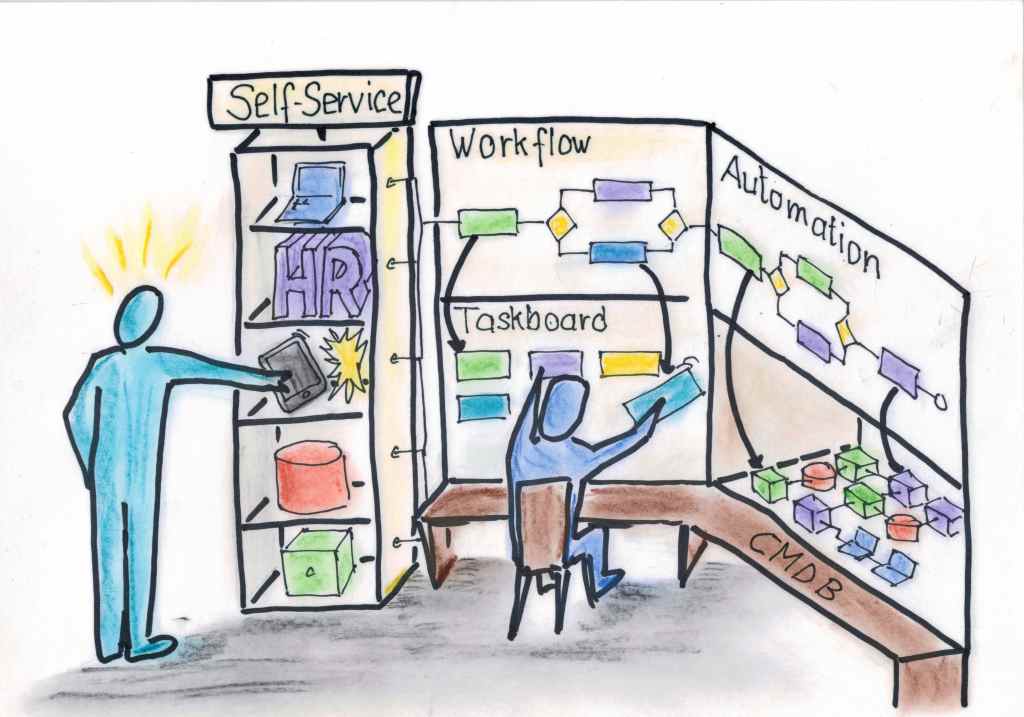
Often, I hear complain that the IT department is not reacting to developer’s needs. They are slow, clumsy, and too administrative. Harsher words state they are incompetent.
I have observed a clear trend in Switzerland since around 2015 to solve these tensions.
Standard IT services such as docker images, database instances, or internal domain names are provided through self-service kiosks.
What are the advantages of this approach?